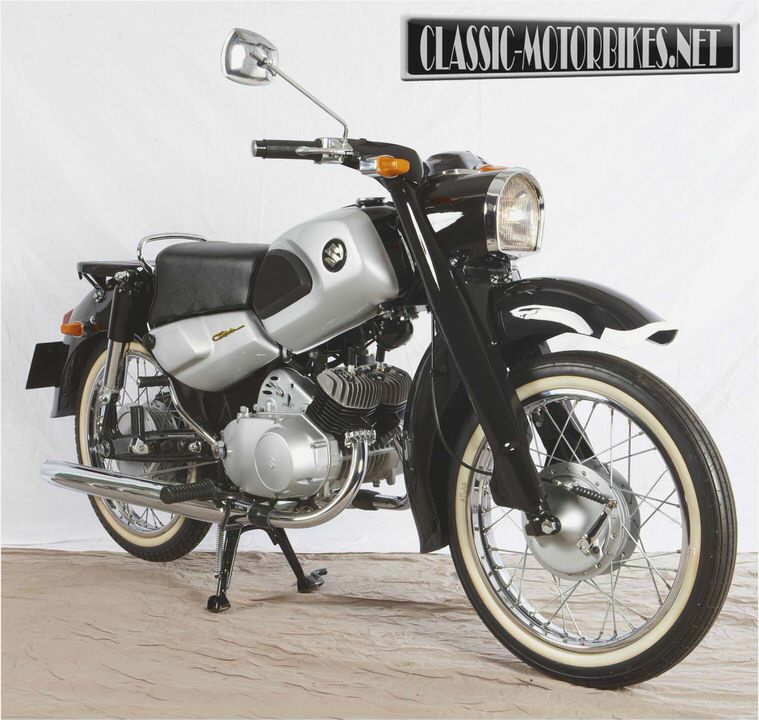
Suzuki Motor Company
John H Glimmerveen Licensed to About.com
From loom manufacturing in the early 1900s, to major auto and motorcycle manufacturing in the 2000s is a big jump, but Suzuki did it.
When Michio Suzuki founded the Suzuki Loom Works in 1909, in Hamamatsu, Japan, few people of the time had seen a motorcycle. And it would be another 43 years before the company produced its first motorcycle.
For the motorcycle enthusiast, 1952 was the important year for Suzuki, or rather “Colleda” as the early motorcycles were called. The 36-cc 2-stroke was basically a bicycle with an engine—similar in design to the early American and European machines.
By 1960 the relatively small Japanese motorcycle company was becoming established within their domestic market, but for international success, the company needed major publicity. The company decided to enter the world famous IOM TT in 1960 in the 125-cc class. Although this early foray into the challenging world of Grand Prix motorcycle racing netted only 15th, 16th and 17th places, the lessons learned were invaluable.
Turning Point
For Suzuki, a turning point in their evolution came with the defection of East German Ernst Degner in 1961. The talented rider and engineer was quickly employed by Suzuki to work on their 2-stroke engines, with the result of the company not only winning the 1962 50-cc TT but also the world title that year.
The pace of development for most of the Japanese companies was staggering. Not only were they making their presence felt in the international motorcycle markets, they were also branching out into automobile production. Suzuki produced their first car in 1955 (The Suzulight 360cc, 2-cycle mini vehicle), and outboard motors with their 5.5 HP 2-stroke in 1965.
By the early 70s the Japanese motorcycle manufacturers were beginning to dominate both street bike sales and international competition. In the case of Suzuki, their expertise in the design and manufacture of 2-strokes had propelled the company to become world leaders, and by 1971 their biggest 2-stroke (the GT750 ) was released to the public. Interestingly, the engine in their car of the time (the Fronte Coupe) used only a 360-cc 2-stroke power plant.
Not all of the Suzuki motorcycles were success stories. The GT380 of 1972 was not one of the company’s best designs. Suffering from poor performance, lackluster brakes and very poor handling. the GT380 made few fans.
Looking to develop markets outside of their traditional base, Suzuki began to market electric chairs in 1974, and, moving further away from the wheeled markets, prefabricated houses!
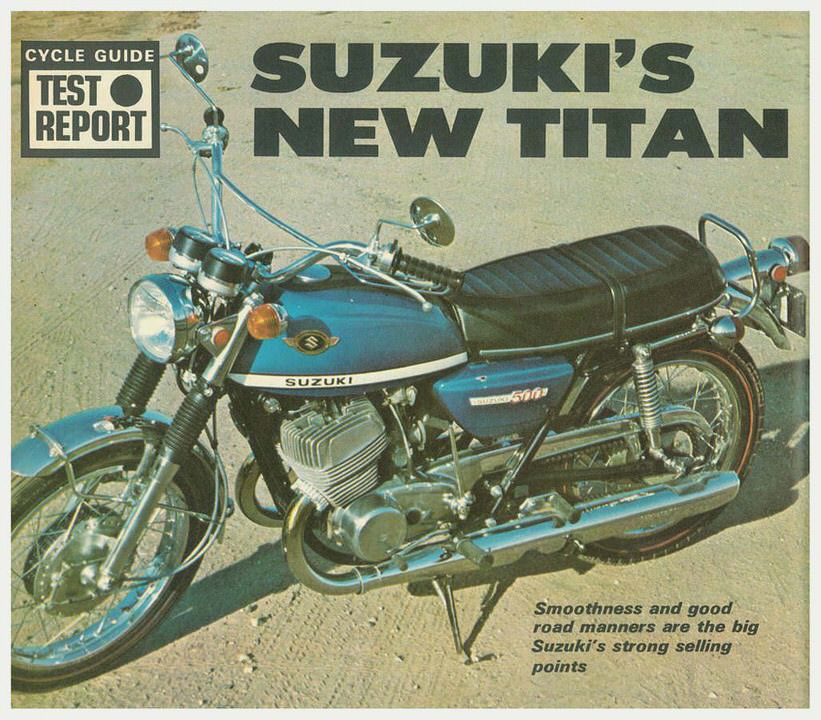
The GS Suzuki’s
As the 70s progressed, it became clear that the street bike market would turn slowly, but surely, to 4-stroke power plants to meet the ever more stringent emission standards. Suzuki responded to this new challenge with a range of 4-strokes (known as GS’). Twin-cylinder 400 and 500-cc machines were complemented by 750-cc four cylinder versions–a machine that would be considered one of the best large capacity 4-strokes of the time.
The early 1980s saw the introduction of the GSX range of 4-strokes (250, 400 and 750-cc). The new machines had a number of new designs incorporated, including 4-valves per cylinder and a special combustion chamber shape known as TSCC (Twin-Swirl Combustion Chamber).
The GSX range was further complemented in 1985 with the release of one of Suzuki’s most famous machines, the GSX-R750—a sports bike made to comply with various international regulations covering production based motorcycle racing.
Although not officially sold in the US, one of Suzuki’s last production street bike 2-strokes was the RG500. This machine was built to commemorate the achievements of English rider Barry Sheene who won two world 500-cc titles with Suzuki. The RG500 street bike followed its racing cousin closely with its design of power plant.
The square-four water-cooled 2-stroke with disc valve induction design could trace its legacy back to the 1960s and Ernst Degner.
Note: Although the company changed its name to Suzuki Motor Co. Ltd. in 1954, the Colleda name was used until 1959. The company began to use the famous ‘S’ motif in 1958.
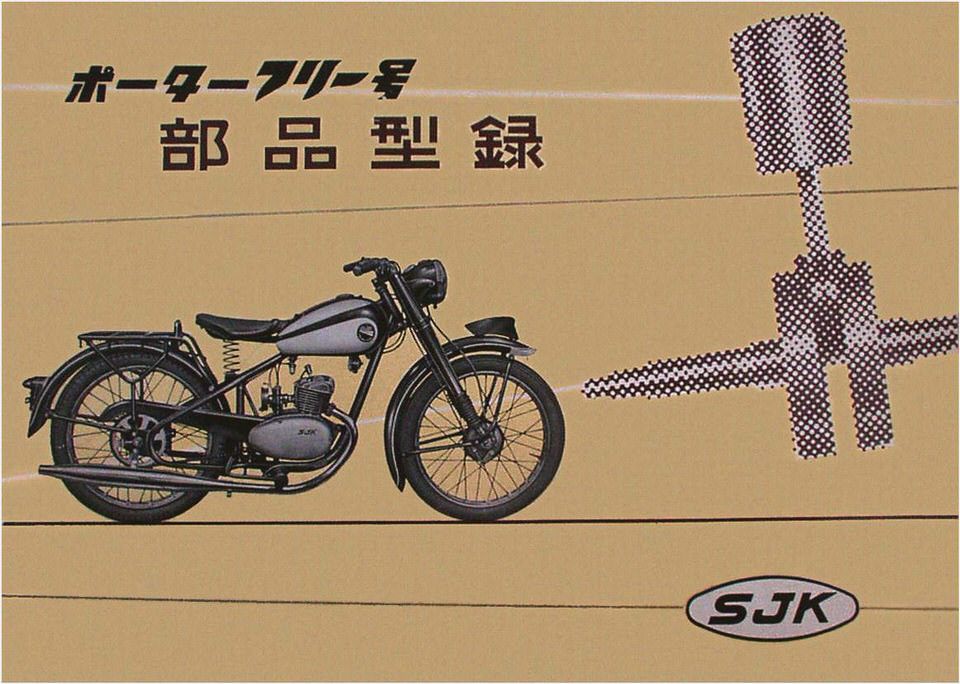
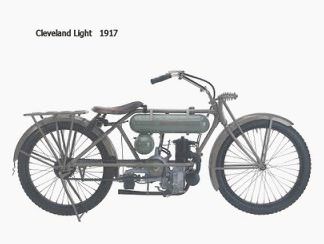
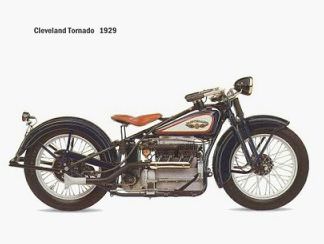

- 2008 Suzuki B-King tested!
- Suzuki Motorbikes: Suzuki Burgman 400 Review
- Is There A Hydrogen-Powered Motorcycle In Your Future? – Guys Gab
- LC 1500 Intruder
- Death Valley—An Adventurous Expedition Rider Magazine Blog
